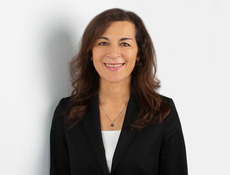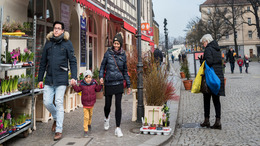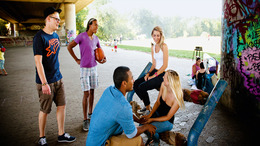As a result of immigration, people with different cultures and traditions and greater religious diversity are now living together. When asked how we can best live together in cultural diversity, 52 percent of the German population responded that immigrants should adapt to the culture of the mainstream society. On the other hand, 36 percent would like to see a merging of cultures. And about one in ten (11 percent) support the idea that people should maintain their own cultures. These were the findings of a special analysis of our 2017 Religion Monitor, published in conjunction with the 2018 Reinhard Mohn Prize, “Living Diversity – Shaping Society.”
Attitudes about successful coexistence in an immigration society differ significantly across generations: the younger the person, the less the wish for adaptation. While 66 percent of the population over 70 years of age express the opinion that immigrants should culturally adapt, this proportion gradually declines among younger groups, to 22 percent among respondents under 25 years of age. A majority of young adults want all sides to draw closer together: A significantly higher proportion (55 percent) of respondents under 25 years old would like to see a merging of cultures.







